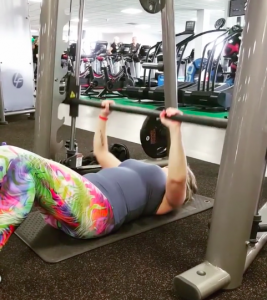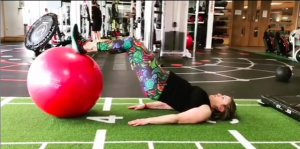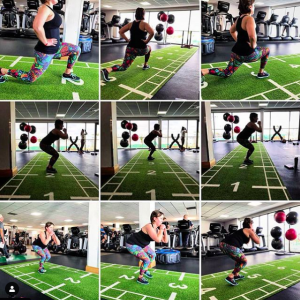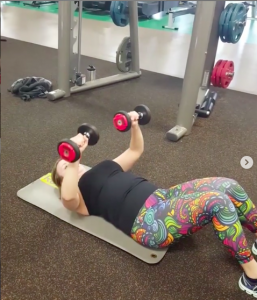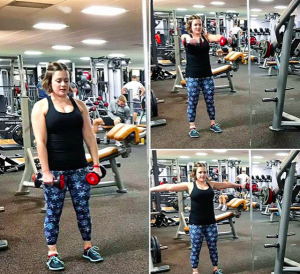
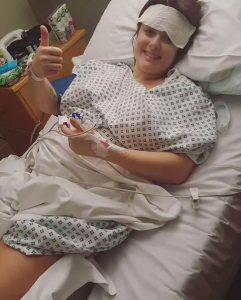
In March 2019 year I had a total hip replacement as a result of Ehlers Danlos Syndrome. The replacement was a long time coming – several years in fact, plus five other procedures, endless physio, hydrotherapy, stretches and medications. That long lead-in time allowed me to plan and prepare for surgery and so, six months before I went under the knife, I started pre-hab.
I should say that I started by self-referring to NHS physiotherapy, but when I got there, they looked at me blankly and gave me a single exercise (sitting in a chair, raising and lowering my lower leg) and told me to do that until I got tired each day. This is not what I needed, so I discharged myself from their care and started seeing a personal trainer twice a week.
I knew that surgery wasn’t just going to take a toll on my hip, but on the ‘good’ leg that would bear all my weight for several weeks. Add to that my hands, wrists, elbows and shoulders which would struggle with crutches, plus my lower back and abs which would take the strain of movement where my leg couldn’t, and I knew I needed a full-body plan to get stronger.
That sounds simple enough, but alongside EDS I’ve got PoTS, so it wasn’t just a case of hitting the gym. I found a personal trainer who is highly qualified and has an interest in learning and developing her skills. This meant that when I presented her with my briefing pack (yep, I went there), or a challenge or problem in training, I knew she’d go away and think on it and research a solution.
Over the next six months we worked tirelessly to make sure my joints were as stable and ready to take on surgery and recovery as possible. That work was also huge in helping me feel confident and ready when it came time to go into hospital.
The result?
Despite knowing it would help, I don’t think any of us were prepared for how much it helped me get back on my feet – literally as well as metaphorically.
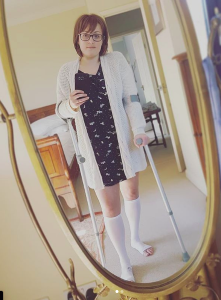
As arthritis.org states:
”Fifty percent of outcome success is due to the surgeon, and the other 50 percent is due to the patient’s commitment to recovery – starting with pre-hab,” Vonda Wright, MD, assistant professor of orthopedic surgery at the University of Pittsburgh’s Center for Sports Medicine.
A study by researchers at New England Baptist Hospital, Beth Israel Deaconess Medical Center and Harvard Medical School, all based in Boston, found that knee and hip replacement surgery patients who had participated in water- and land-based strength training, and aerobic and flexibility exercises for six weeks prior to their surgeries reduced their odds of needing inpatient rehabilitation by 73 percent.

But anything you can do will help. Whether that’s trying to go for walks, or finding a class (pilates classes are great, as are over 50s classes because they’re generally at a pace that suits those of us who are broken better!), swimming or just walking up and down the pool, it’s all better than nothing.
I can’t recommend prehab enough, fingers crossed one day it’ll be something offered as standard!


